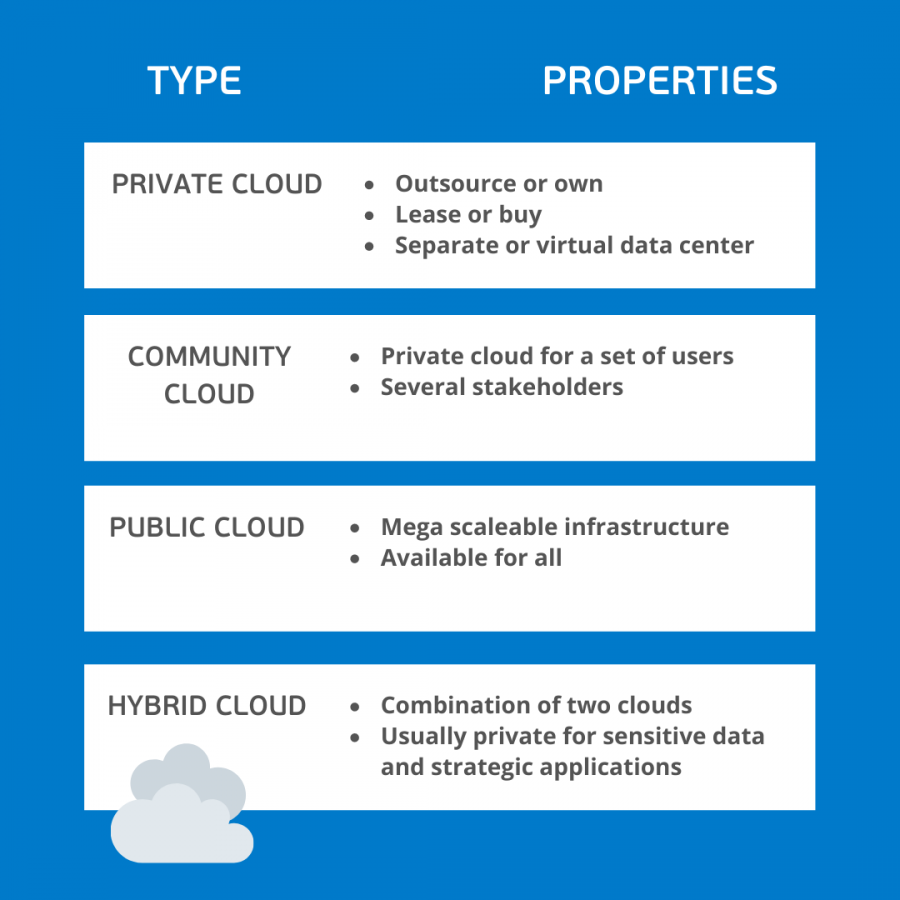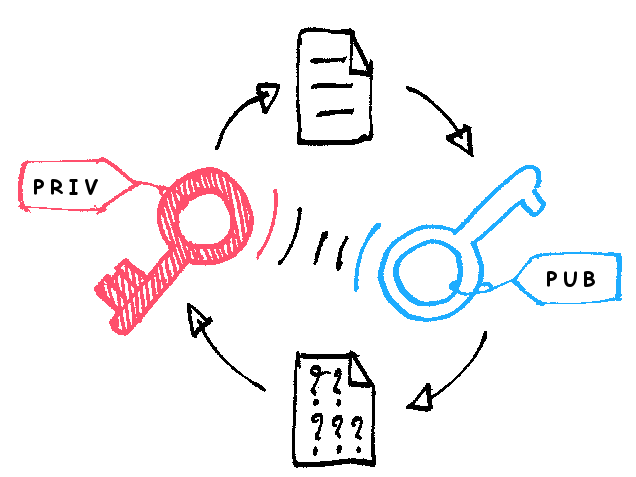
Communication protocols enable information to be sent or received from any location. Different protocols serve different purposes. Some are used for security, while some are used for convenience. For example, SSH is used to secure access to computers connected to an unsecured network, and it is useful for network administrators who wish to control a system from a remote location. SMS, which allows users to send SMS via cellular networks, is another common protocol. SMS is useful to send text-based message, but it does not support video or images. Multimedia Messaging Services (MMS) is required to send these types messages. It's an extension of SMS.
Functions
Communication protocols are functions that allow data transfer between two computers. They can be used to manage data traffic and include data flow control, addressing, and sync. Each of these procedures helps ensure that data arrives in the right order at its intended recipient. Some protocols also perform other functions, such as providing a service to limit the flow of data.
Protocols describe the type of data to send, and the commands to send or receive that data. A protocol is similar to a language. It contains rules that control the meanings of data. These rules, also known as the syntax or semantics of communication, can be formalized.

Layers
In communication protocols, layers refer to the various parts of a network. Each layer can be responsible for different types or functions. For example, the network layer deals with addresses, while the physical layer deals with the physical medium. Both physical and logical layers have rules governing the way data can be transmitted through a network.
A single protocol can be broken down into multiple layers. These layers are then organized according to functionalities. Each layer addresses a specific problem. Messages can be sent through these layers by selecting one protocol from each layer and adding a protocol selector to it.
Security
One of the most critical branches of cybersecurity is network security. Communication protocols play an important role in protecting network resource. Cybercrime has increased due to the proliferation of computer networks. Protocols help ensure that networks remain as secure as possible. Protocols govern how data moves in and out of a network, ensuring that data is safe and protected.
Modern internet security protocols help protect against malicious activity while keeping communications private. They include firewalls, antivirus software, and programs that neutralize spyware and adware. Many programs can also filter the contents and find common nuisances. All these security features are part of secure communication.

Interoperability
To provide a link between two computers, communication protocols are used often. To test their interoperability, protocols should be observed by IUTs to observe how they behave. Several approaches have been developed to test the interoperability of communication protocols. One method is to use a test derivation technique. This allows test cases automatically to be generated.
Conformance testing refers to the process of verifying interoperability among two computers systems. Conformance testing examines how two communication systems are implemented against the standardized protocol specifications. Although this method can be used to ensure interoperability it has some limitations. Even though two conformant implementations might not communicate, it is possible for them to fail. Two conformant implementations may still fail to communicate due to ambiguity of protocol standards, incompatible options settings and incomplete conformance test.
FAQ
Should I use WordPress, or a website builder
A small website is the best way to build a successful web presence. If you have all the resources and time, then build a website. You might start with a simple blog if you don’t have the time or resources. As you become proficient in web design and development, you can add features as needed.
But before you build your first website, you should set up a primary domain name. This will provide a point to which you can publish content.
Can I build my website using HTML & CSS?
Yes, you can! It's possible! You need to have basic knowledge in web design and programming languages, such as HTML (Hyper Text Markup Language), CSS and Cascading Style sheets (Cascading CSS Sheets). These languages enable you to create websites that are accessible to anyone with an internet connection.
Should I hire a web designer or do it myself?
If you're looking to save some money, don’t pay for web designing services. It may not be a wise decision to pay for web design services if you desire high-quality results.
You don't need to hire expensive web designers to create websites.
You can make a beautiful website if you are willing to work hard and put in the effort.
An alternative option to outsourcing your project is to hire an experienced freelance web designer who charges per-hour instead of per job.
How to Create a Static Website
To create your first static website, you'll need to choose between two options:
-
Using a Content Management System (a.k.a. WordPress is available as a download. It can be used to create a website.
-
Creating a Static HTML Website: In this case, you'll need to write your HTML/CSS code. If you are familiar with HTML, it's easy to do.
You might consider hiring an expert to design your website if you are planning to build a large site.
You should start with option 2.
Are you a technical person who wants to design and build a site?
No. You only need to have a basic understanding of HTML/CSS. There are many tutorials available online that can teach both HTML or CSS.
How Much Does It Cost to Make An Ecommerce Site?
This depends on your platform and whether you hire a freelancer or go through a service provider. The average eCommerce site starts at $1,000.
You can expect to pay between $5000 and $10,000 for a platform once you have decided.
If you're planning on using a template, you probably won't pay more than $5,000. This includes any customizations you may need to match your brand.
Statistics
- The average website user will read about 20% of the text on any given page, so it's crucial to entice them with an appropriate vibe. (websitebuilderexpert.com)
- Is your web design optimized for mobile? Over 50% of internet users browse websites using a mobile device. (wix.com)
- At this point, it's important to note that just because a web trend is current, it doesn't mean it's necessarily right for you.48% of people cite design as the most important factor of a website, (websitebuilderexpert.com)
- It enables you to sell your music directly on your website and keep 100% of the profits. (wix.com)
- Did you know videos can boost organic search traffic to your website by 157%? (wix.com)
External Links
How To
How do I get started in UI Design?
There are two ways to become a UI designer:
-
You can earn a degree in UI Design by going to school.
-
You can also start your own business.
To be able to enter school, it is necessary to attend college/university and complete four years. This includes business, psychology and computer science.
You can also attend classes at state universities and community colleges. Some schools offer programs for free, while others require tuition fees.
After graduating, you'll need to find employment. If you decide to work for yourself, it is important that you build your client base. You should network with other professionals to let them know that you exist.
There are many opportunities to intern for companies that specialize on developing web applications. Many companies employ interns to gain practical experience before hiring full time employees.
It will be easier to land more jobs once you have a portfolio of your work. Your work samples, as well details of the projects, should all be part of your portfolio.
It is a good idea for potential employers to receive your portfolio via email.
Market yourself as a freelancer. You can advertise your services on job boards like Indeed, Freelance, Guru, or Upwork.
Freelancers frequently receive assignments from recruiters who post jobs online. These recruiters seek qualified candidates to fill open positions within certain industries.
These recruiters usually provide a briefing outlining the requirements of the job to the candidate.
You are not required to sign long-term contracts as a freelancer. You should negotiate an upfront payment if your goal is to move forward.
Many designers prefer working directly for clients and not through agencies. This may sound ideal but many people lack the skills.
Agency workers are often well-versed in the industry they work in. They can also access specialized training and resources that will allow them to produce top-quality work.
Aside from these benefits, agency workers are often paid a higher hourly pay.
Working with an agency has the downside of not being able to contact your employer directly.
A UI designer must be self-motivated, creative and flexible.
You must also possess excellent verbal and written communication skills.
UI designers design websites by designing user interfaces (UI), and visual elements.
They are also responsible in ensuring that the site meets all users' requirements.
This involves understanding what information visitors need and how the site should function.
Wireframes can also be created by UI developers using a variety o tools. Wireframing helps them visualize the layout of a page before beginning their designs.
Wireframe templates are available online, making it easy for anyone to create their own wireframes.
Some designers are solely focused on UI design while others blend UI design and graphic design.
Photoshop is a popular software used by graphic designers for editing images.
To create pages and layouts, they then use Adobe InDesign.
Photographers capture images using digital cameras or DSLRs.
The photos are then uploaded to a photo editing software where text captions, filters and other effects can be added.
The photographer saves the image as a compatible file format for the website.
When building a website, it is essential to consider all aspects of the design process.
This includes research and planning, wireframing, prototyping testing, coding, content creation and publishing.
Research – Before starting any new project, it is important to conduct extensive research.
Planning - Once you've completed your research, you'll want to begin developing a plan.
Wireframing: A wireframe is a sketch of a website or application.
Prototyping-Prototypes ensure that the final product matches your initial vision.
Testing - The prototype should undergo multiple rounds of testing to ensure it works properly.
Coding - Coding is the act of writing computer code.
Content Creation – Content creation includes everything, from the writing of copy to managing social networks accounts.
Publishing entails uploading files to a server and ensuring the site is accessible.
You will need to have a broad knowledge of different projects in order as a freelance UX/UI developer.
One example is that some companies only need wire frames, while others need complete prototypes.
You may be required to perform specific tasks depending on the project you accept.
You might, for example, be asked to create multiple wireframes if you're being hired to do wireframe design.
You may need to develop a functional version of the site if you are hired to build a prototype.
No matter what type of project you are working on, it is important to have good interpersonal skills.
Referrals are what most clients use to hire freelancers. Therefore, it is important that you establish strong relationships with potential employers.
A communication skill is essential, both verbally or in writing.
A portfolio is an important tool in any freelancer's arsenal.
It showcases your work and demonstrates your ability to deliver high-quality results.
You can do it online with a professional portfolio.
The best way to get started is to find websites similar to yours.
You can then search these websites to find out which one offers its services.
Once you identify what you think are the best practices, go ahead and adopt them.
It's also useful to include links from your portfolio in your resume.